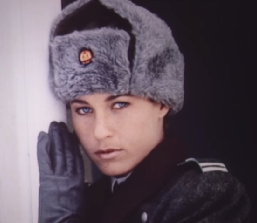

Andrew8604
Members-
Posts
414 -
Joined
-
Last visited
Content Type
Profiles
Forums
Events
Everything posted by Andrew8604
-
It's surprising the popular B-25 Mitchell is not already in DCS. (probably on ED's "want" list, but for time and resources). I would suggest this be a dual-model module. The PBJ-1J US Navy/Marines version with glass nose and APS-2 surface search radar, and the much better-known US Army Air Force B-25J without radar. Not much physical, systems or flight model difference between them. I think the PBJ-1J would be more interesting and useful in Marianas, Normandy, and Channel maps for sea search, although it requires an airfield to operate from; it's not a carrier-based aircraft (except for the Gen. Doolittle Raid with B-25B's). Of course, it could be useful in any map for WWII-era operations. This could be a 6-position, multi-crew module with about 12 view positions. Perhaps, optional Jester-like AI crew members for positions not occupied by players...primarily for observations and reporting of threat aircraft and surface contacts, and sighting of land. Also, of course, defensive operations of guns. 1--Nose gunner/bombardier with views from seated position, manning the flexible gun and manning the bombsight views. 2&3--Pilot and Co-pilot positions. 4--Flight Engineer, Navigator position with views from manning the top gun, seated for navigation and window down into bomb bay. 5--Radio (Radar?) Operator with views from seated at radios, left waist gun and right waist gun. 6--Tail Gunner It could cruise at about 200 knots with a top speed of around 235 knots, a range of up to about 1,100 NM and a ceiling of around 24,000 feet. It could carry 1 Mk-13 torpedo externally or 3,000 lbs of bombs internally, such as six 500-lb M64 bombs. It also had 6 forward-firing 50-cal machine guns, besides the 7 defensive guns and racks for four 5-inch HVAR rockets under each outer wing. I would also hope, a functional model of the Norden bombsight...or, at least after an Early Access release. As a PBJ-1J, I think it would be quite a versatile aircraft in DCS WWII. As the B-25J, a low to mid-level bomber. I think the APS-2 radar could be mounted in the nose, on the right wingtip or under the belly, aft of the bomb bay. The latter installation should allow a 360-degree azimuth scan to be displayed on a circular, PPI scope, which displays targets in an easy to interpret, natural-appearing, map-like manner. Range settings of 5, 20, 50 & 100 NM, with range rings of 1, 5, 10 & 20 NM respectively. The radar might be able to detect submarine periscopes from inside of 5 miles; otherwise, ships out to 20-25 miles depending on their size/reflectivity and aspect. I'm not sure where the display scopes were mounted in the aircraft, though. Below: I think the right seat was removed for better viewing of this museum aircraft. Under the left pilot's seat is a crawlway to the nose section. Not seen, below the view of the picture, is the forward entry hatch in the bottom of the fuselage. There is also a bottom hatch aft of the bomb bay. Here is the nose section with the bombsight installed and three 50-cal machine guns. Looking aft, from the radio operator's seat, at the left & right waist guns. I include this picture of a plastic model as an overall view of the arrangement in the fuselage, nose section not shown. ...and, of course, this is the throttle quadrant.
-
I read that one several years ago and felt the same way! Another good one is "When Thunder Rolled" by Ed Rasimus. Ed flew F-105s out of Korat from May to Nov '66. Jack flew them out of Takhli from Sept '66 to June '67. We need that Vietnam map, too...even if just high detail terrain around the Thai airbases and then high detail in North Vietnam only, with lower detail in between...it's mostly just trees flown over above 15,000' while hitting the tankers. The F-105D needs to be a full module, excellently done like the F-4E.
- 401 replies
-
- 2
-

-
The topic is WWII: Marianas WWII Map. Let's get an authentic group of aircraft and ships for it, 1944 era. If you're going to have 1945 airfields for B-29's, where will the B-29's go? You can do whatever you wish with a map, but I think a totally focused air, sea, & ground on one time frame, 1944, would be a good thing in DCS for a change. All that's needed is a flyable F6F Hellcat, and the rest can be AI aircraft, ships and ground vehicles. Adding when able, a flyable A6M5 Zero and eventually others, like the F4U Corsair, and maybe eventually dive bombers of both sides. But to add some more player participation roles, I think being able to operate the 5" & 40mm gun directors and 20mm mounts with lead-computing optical sights, on the US Navy ships would add some fun of a different kind...and should be easier to implement than developing an aircraft module, I think. All of this would fit with a 1944 Marianas map.
-
But rather than make just AI operated ships, I think it would be worthwhile for ED or 3rd party to model the Mk37 & MK51 directors and the 20mm mounts so that we can operate them in first person and participate in the air defense of these ships. I mean, I used to set up missions where I'd have 24 to 32 Fw190's, disguised as Zeroes, attack with 250kg bombs, in flights of 4. Sometimes 2 or 3 groups attacking in quick succession from different directions, and a couple Ju-88's, as Betty's, making torpedo runs down low: attacking my group of 2 Samuel Chase's and 2 LST's and maybe a couple Fletcher mods. It would get pretty intense, not unlike the Pacific battle scenes in WWII combat film footage, but with all the gunfire sounds and in VR, like you're really on the ship. But now it seems that you can't occupy a gun mount on any ships in DCS anymore. As it was, in VR, all I could do was sight down the barrel and watch for tracers or the puffs of the 3-inch and 5-inch shells and try to correct the lead. Once every 100 shells I'd get a hit.
-
Yes. All of them of around 1944 configuration... These ships would make up a Fast Carrier Task Group (capable of about 28 knots or faster). --a destroyer model or two: I suggest the Fletcher class and Sumner class. (also, Gleaves class and Gearing class, later on) --a cruiser model or two: I suggest the Cleveland class and Atlanta class...although Brooklyn class and some heavy cruiser classes would be nice, too. The more the better, but at least one model. --a light carrier model: I suggest the Independence class (built on the Cleveland class hulls) --Essex class carrier, of course. Already in development by a 3rd Party, I believe. --battleship model: I suggest one of North Carolina class, South Dakota class or Iowa class. However, each of these battleships mounts over 100 guns! That might be a challenge for our computers, not sure. I think this type of Task Group would be best to begin with...so we can have carrier-to-carrier battles. And then, to make them function in the Task Group (for air defense, at least), the 5-inch, 40mm and 20mm guns and gun directors must be simulated...but here's where we, as players, can get into the action aboard these ships. Being able to man a gun director or 20mm gun mount and participate in the air defense...and in VR. I don't think it would be beyond DCS' capacity. Pretty much ALL of these ships used these same three gun and director systems in the 1943-1945 timeframe. Once developed in DCS, they should be good for all these US Navy ships. See my other post, linked below...
-

ADMIRAL189'S CORNER - INCOMING SHIP MODELS
Andrew8604 replied to Admiral189's topic in Static/AI Mods for DCS World
Now, what ED (or 3rd party) needs to do is make all the guns and directors work authentically... Main battery, plus Secondary for anti-aircraft ... 5-inch w/Mk37, 40mm w/Mk51(Mk14 sight), 20mm w/Mk14 sight. ... and VR compatible... see link to my other post below... ...with these 3 working, they are common to just about all the US Navy carriers, battleships, cruisers and destroyers of the 1943-1945 timeframe. And these would be applicable to both Pacific and Atlantic theaters...or wherever there is ocean. Would anyone else see the fun in grabbing a Mk51 director on a cruiser and steer a quad 40mm mount to try to help defend the Task Group from aerial attack? ...with AI manning the other directors and gun mounts. -

ADMIRAL189'S CORNER - INCOMING SHIP MODELS
Andrew8604 replied to Admiral189's topic in Static/AI Mods for DCS World
Oh YES!! She'll do! Could that be USS Savannah, CL-42; or USS Honolulu, CL-48; or St. Louis, CL-49? Awesome! Do all the guns work? -
Working the Anti-aircraft guns aboard a ship in DCS can be a lot of fun. What we had in DCS to date was crude and inaccurate aboard the USS Samuel Chase, attack transport ship. And manning those guns no longer seems possible in DCS. Since ED is producing the F6F Hellcat, which fits in with the Marianas Map and an Essex class carrier of about the 1943 to 1945 time period, I think these gun systems of this era should be modeled in DCS, and fully VR compatible. And I'd like to emphasize the DCS player would man the gun director, not the gun mount ...except for the 20mm mount. When manning a gun director or 20mm mount, AI would operate the remaining guns of that ship, not occupied by players, as well as those of the other ships. I would like to focus my request on the Secondary Battery Guns used for Air Defense by Aircraft Carriers and those ships escorting Aircraft Carriers. This set of Secondary guns were standard on most Battleships, Aircraft Carriers, Cruisers and Destroyers of the 1943-1945 timeframe. So, once simulated in DCS, these guns could be used on most all US Navy combat ships, both in Pacific Theater and Atlantic Theater. There were primarily three types of guns used for air defense in the US Navy. They are: 5-inch/38 These mounts were generally aimed by the Mk 37 Director mount, with range detecting radar. The director would automatically adjust one or more 5-inch mounts in azimuth and elevation to the target with compensation for lead-angle, ballistic drop, pitch and roll of ship and parallax between gun mounts and director positions on the ship. In DCS, a single player could operate the Director. 40mm These mounts were generally aimed by the Mk 51 Director Mount with a mounted Mk 14 Optical Lead-Computing Gyro Sight. The Director would be manned by two director-sight operators, one to steer the sight in azimuth and elevation by handlebars to keep the sight reticle on the target while firing and the other to set the range to target by estimation and relation of tracers to the target. The gun mount crew would then make sure the guns were fed with ammunition. The Mk 51 director is remote from the gun mount, by usually a distance of around 30 feet or so. In DCS, a single player could operate the Director. 20mm These mounts also had a Mk 14 Optical Lead-Computing Gyro Sight directly mounted and were aimed directly by the gunner, with an assistant to help spot targets and set the range to target by estimation and relation of tracers to the target. One or more additional gun crew would attach fresh ammunition magazines as needed. In DCS, a single player could operate the gun mount. I suggest the following classes of ships be modeled in DCS to carry these guns, at least initially... Cleveland Class Light Cruiser - numbers of guns varied from ship to ship, but I would suggest modeling a common arrangement of 6 dual 5-inch directed by 2 Mk 37 Directors; 4 quad 40mm mounts and 4 dual 40mm mounts, each with its own Mk 51 director; and 21 single 20mm mounts. Sumner Class Destroyer - again, numbers of guns varied, but I would suggest modeling 3 dual 5-inch mounts with one Mk 37 Director; 2 quad 40mm mounts and 2 dual 40mm mounts with their Mk 51 Directors; and ten 20mm mounts. Fletcher Class Destroyer - I suggest modeling 5 single 5-inch mounts with one Mk 37 Director; 5 dual 40mm mounts with their Mk 51 Directors; and seven 20mm mounts. There are several more classes of cruisers I like to see modeled, eventually, and of course battleships and carriers. But for now, I think these three (or even one) will be enough to start to escort the carrier(s) in DCS. I only avoid the battleships because the large number of guns (ten dual 5" mounts, 15+ quad 40mm mounts and 50+ 20mm mounts) might swamp our PCs. Also, there would need to be IJN ships and AI aircraft.
-
- 4
-

-

-
- pacific theater
- ships guns
-
(and 6 more)
Tagged with:
-

ADMIRAL189'S CORNER - INCOMING SHIP MODELS
Andrew8604 replied to Admiral189's topic in Static/AI Mods for DCS World
Any chance there's a 1944 version of a Cleveland class cruiser on the Admiral's slipway? Like USS Wilkes-Barre, CL-103? -

Us Navy USS Enterprise (CV-6) Yorktown-class aircraft carrier
Andrew8604 replied to Silver_Dragon's topic in Pacific Theatre
In support of the Independence Class CVLs, they carry fewer aircraft and have fewer guns. That might be easier on our PC's. These CVLs typically carried 24 Hellcats and 9 Avengers by October 1944. They appear to have had 2 quad-mount 40mm guns (one at stern and one at bow) and 5 dual 40mm mounts along the port side and 4 dual 40mm mounts along the starboard side...each mount with its own Mk51 (lead computing optical sight set for 5,000 yards). And at least 10, up to 22, single 20mm mounts with iron sights (I think). With AI Hellcats and Avengers, players could operate some of the Hellcats...until, if ever, we get a flyable Avenger. But what I think would make exciting WWII Pacific Theater, Naval Operations missions for DCS is to somewhat authentically simulate the operation of the 40mm and 20mm anti-aircraft gun mounts. You don't normally man the 40mm mounts, unless you want the fun of placing clip after clip of 40mm ammo into the feed locks in support of their firing. I'd imagine that would get boring really quick. Instead, if you want to shoot at enemy planes incoming, you man one of the nine Mk51 directors! The AI CIC watching the search radar (and lookouts with binoculars) will notify over intercom of "raids approaching," numbers of targets, bearing and range. You would then have to see those "specks" and start sighting them and tracking them in your Mk51 sight. When in range, start pumping tracers out there and correct your fire. Your Mk51 could have maybe from 1 to 3 twin mounts linked to it for directing, if you wanted (or whatever the officer in charge ordered). The 20mm mounts would be "hand" aimed through iron sights, I believe, or possibly Mk14 lead-computing sights. Players in the mission could take up whichever directors or mounts they wished, and the AI would operate the rest. And operation of these directors and guns should be compatible with VR. You can get a little taste of this right now in DCS by boarding the Samuel Chase and setting up a mission with some modded Fletcher destroyers and Iowa battleships around. Then use Fw190's in IJN skins to do some glide bombing. Takes some work to set up but makes quite a show. Additionally, a Cleveland class light cruiser could be added to provide more air defense. Coincidentally, the Independence class carriers were built upon Cleveland class cruiser hulls and machinery. Besides the cruisers' 6-inch main battery, they also carried 6 twin 5-inch turrets directed by two Mk37 directors, 1 forward and 1 aft, with radar ranging and ballistic computing. And they also had 4 quad 40mm mounts with Mk51 directors, plus 4 to 8 twin 40mm mounts with Mk51's...and ten to twenty-one single 20mm mounts. Add to that some Fletcher class and Sumner class destroyers and you have a modest carrier battlegroup. Not sure if DCS could handle any more than that plus AI aircraft raids of dozens of A6M Zeros, D3A2 Val dive bombers, B5M Kate torpedo bombers and G4M Betty torpedo bombers. Plus, fighter-screens of Hellcats. But I sure would like to see the Enterprise and Essex class carriers, too. Eventually, the 1942 version of Yorktown class carriers with Wildcats, Dauntlesses, and Devastators for a Battle of Midway map. But that would be way down the line...like 2030...if at all. -
This video... Apparently, you have to use the DIR function button and using a Left Line Select Button, select the ACP (waypoint) you want to go to. In the comments of the video... "@47Driver 4 months ago Direct To via the DCT button on top of the CDU. Then select the ACP you want to go Direct To, ie. become the active ACP." [I think he means the DIR button]
-
UPDATE: DCS ver 2.9.10.4160 -- CH-47F AFCS much improved. It flies pretty steady and stable now. No more finding oneself in a dive after a few seconds of looking down at the center console.
-
HMSSURP, if you wanted to manually tune in a frequency in the -47F, would you have to go into the CDU and enter a frequency into one of the UHF, VHF or FM radio presets and then select that preset? It seems very unintuitive in DCS. Did the -47D or maybe -47C have separate radio control panels where you just turn knobs and select either preset channels or dial in the frequency? That and that it's pretty much uncontrollable to fly with AFCS off and requires 100% attention to fly with it on. The autopilot hold settings are very confusing, too. I can't get it to work. So, when I duck my head down to try to figure out what I want on the CDU, within a few seconds I look up and see I'm in an uncommanded dive, because the AFCS in DCS seems to provide an unstable aircraft. If I'm looking forward and making constant corrections with the cyclic, I can fly it pretty smoothly. Man!! I sure like the analog cockpit of the Huey in DCS a whole lot better! I just find it easier to read those instruments. Plus, you trim it up and it stays pretty good, even in hover. It's fun to fly. I think I'm repeating pretty much all that you said but in more layman's terms. Also, in ground taxiing the -47F, sometimes it will go forward and sometimes it won't. I sure haven't got that figured out yet. I love flying that Huey in DCS! The only real helicopter I've flown was about 30 mins in a USBP (ex-Army) OH-6A about 28 years ago. One approach to hover, which I held about 10 seconds, and then the pilot took over as I was beginning to lose it.
-

[Guide] How to make DCS download updates on a separate drive
Andrew8604 replied to Shadow KT's topic in DCS 2.9
It worked going from 2.9.8.1214 MT to 2.9.10.4160. Had error as shown in picture. Copy "_downloads" folder from your DCS installation drive to another drive with ample room...such as from 1TB SSD C drive to a 2TB (spinning) D drive. Then delete the "_downloads" folder from the DCS installation folder. When you run the MKLINK command line (in administrator mode), it will create the "_downloads" folder in your DCS installation folder as a junction, or what looks like a 'shortcut'. If the "_downloads" folder is still present in your DCS installation folder when you run the command line, it will say something like, "Cannot create file when file already exists." Something like this: mklink /J "C:\Program Files\Eagle Dynamics\DCS World OpenBeta\_downloads" "D:\DCS Download Junction\_downloads" FYI... mklink /? Creates a symbolic link. MKLINK [[/D] | [/H] | [/J]] Link Target /D Creates a directory symbolic link. Default is a file symbolic link. /H Creates a hard link instead of a symbolic link. /J Creates a Directory Junction. Link Specifies the new symbolic link name. Target Specifies the path (relative or absolute) that the new link refers to. -
After Nevada, Persian Gulf, Syria, Sinai, Afghanistan and Iraq, our mouths are full of dry sand! We want hot, humid, sticky, rainy, green, green, green, big trees! We want SEA!! Vietnam, Thailand, Cambodia, Laos...1972. We see how large maps like Afghanistan and Iraq are being handled. Do the same with SEA. It needs to be about 650 nm east-west and 925 nm north-south. But only about 40% of that needs to be high detail.
-
Thunderbirds are GO!! You see, because the USAF Thunderbirds flew these. Looks like awesome work! ...like it should be a full Mod-u-le. Can't wait to fly it! Thanks a bunch for making this! Might it be possible after you finish this spot-on T-38, if you have the time and energy, to re-3D-model the Community A-4E Skyhawk mod someday? ...including one without the electronics hump? I think its nose and cockpit dimensions are off a bit, the canopy bow too high...as are the main wheels off a bit. Maybe do a TA-4J Skyhawk (Navy's counterpart to the Talon) and an A-4B (Falklands) and just maybe A-4M (with angle-rate-bombing and TV monitor in place of radar) too? The Skyhawk's a pretty awesome mod, too. And an AI "tanker" version of the A-4B and A-4E without hump, using the "buddy tank" store, and see if ED will include them in the AI Tanker inventory?
- 90 replies
-
- 1
-

-
I tried to replicate this problem, and I couldn't. Although, I see now that you were probably pulling 4 to 6 G's when you did it. I was only 1-2 G's. So, I'd have to test it again. I don't think I would normally use the trim while pulling G's, but perhaps others and real pilots might. I looked with the same view while tapping the trim several times nose-up and nose-down and the stabilator behaves pretty conservatively, only deflecting a few degrees (by my estimate). Even holding the trim for a half-second didn't produce any wild excursions of the stabilator like in your video. Tested from 500 KIAS clean, down to about 160 KIAS with flaps and slats...it behaved well, no more than a few degrees deflection in response to clicks of the trim hat-switch. I don't know why it's doing this for you and others. What was the source of the data of your graph? I wonder what your joystick output is really sending to the sim?
-
Maybe right here is where we need a real-life Phantom pilot to tell us: During inflight refueling in the real F-4, for instance, once you got trimmed in the rendezvous with the tanker, matching speed and holding relative position...when you moved in for the basket or the boom, would you ever touch the trim again?
-
-
I see how Afghanistan is split up. (I pre-ordered that!) I'm thinking "if" that works out well, a Vietnam Map should maybe be split up similarly. Helo's and CAS work are mainly central and south, while the "lead sleds" are mainly up north, coming from Thailand and Yankee Station.
-
Seems like the airport at Multan, Pakistan would be a good choice. There's a PAF airbase and Army base there, with aircraft shelters and a ramp. It has a 10,500' x 150' runway at an elevation of 400 feet MSL. Surrounded by flat land for >50 NM radius. About 150 NM from the Afghanistan border, 300 NM SSE of Bagram AB.
-
1. F-4C Phantom II -- I know Heatblur has the F-4E...I'm flying it! I expect Heatblur will make a Navy F-4B or J or S but will probably never make an F-4C... unless, is there a chance they could team up with Aerges and make the F-4C, which I would buy for $59.99. Probably not a chance. But it would be cool! Heatblur would essentially have the flight model, already. They would have the radar, which should be essentially the F-4E's radar, minus some functions. The F-4E's weapons systems, minus some functions. Probably 90% of the F-4E's flight controls, fuel, hydraulic and electrical systems; and Jester 2 with slight modification. Maybe Aerges could just do the cockpit instruments modifications from that of the F-4E as well as the exterior 3D model modifications...basically just the F-4C nose section, leading edge flaps instead of the slats, and afterburner cans. And Aerges could do the F-4C liveries and perform the flight testing. Aerges and Heatblur could split the proceeds according to a pre-arranged percentage agreement. 2. F-104C Starfighter -- There is a mod already for this and the G. But it would be cool to have clickable cockpit, full systems simulation and possibly a better flight model. ...and in-flight refueling that works. However, they will need to make a G and S version to satisfy all the Starfighter fans. 3. Mirage III -- How much different is the Mirage III from the F1, in terms of fuselage and systems? The above 3 in any order of priority they'd prefer. I prefer the F-4C, but I'd purchase all of them! 4. Super Etendard and/or Etendard IV 5. SEPECAT Jaguar
-
Basically, the F-15E is now pretty much about like an F-105B Thunderchief. No radar, only Sidewinders and M61 gun and dumb bombs. Let's have more SEA Camouflage skins and make the best of it. How about a preliminary Vietnam Map with detail only in Route Pack VI A area and Takhli AB? The rest of the space being mostly satellite photo scenery. The HUD works. Appears to be only CDIP and AUTO modes for bombing. They work! Manual mode bombing was not implemented in EA.
-
That F-105 video says the F-105, at takeoff, had a power/weight ratio of 1.4:1. And the F-84F had a ratio of 2.4:1. What?? I think that must have been a weight to power ratio. Right? Thrust-to-weight would be 0.71:1, then. And the F-84F would be 0.42:1. I've read remarks that the F-84F liked to use all of the runway. And a quip something like that the jet would refuse to get airborne until the nosewheel felt the dirt at the end of the runway. I'd love to have a full module of the F-105D...and the F-105B, too. But I know that B won't happen. Maybe some modders can make the F-84F, too!
- 401 replies

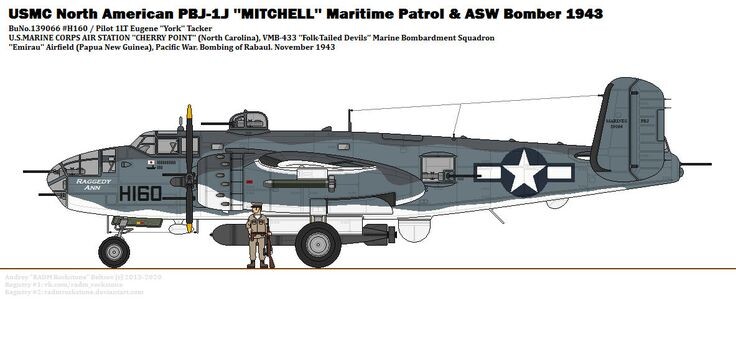
.jpg.e51de053e9a065377e3126702e9ab572.jpg)
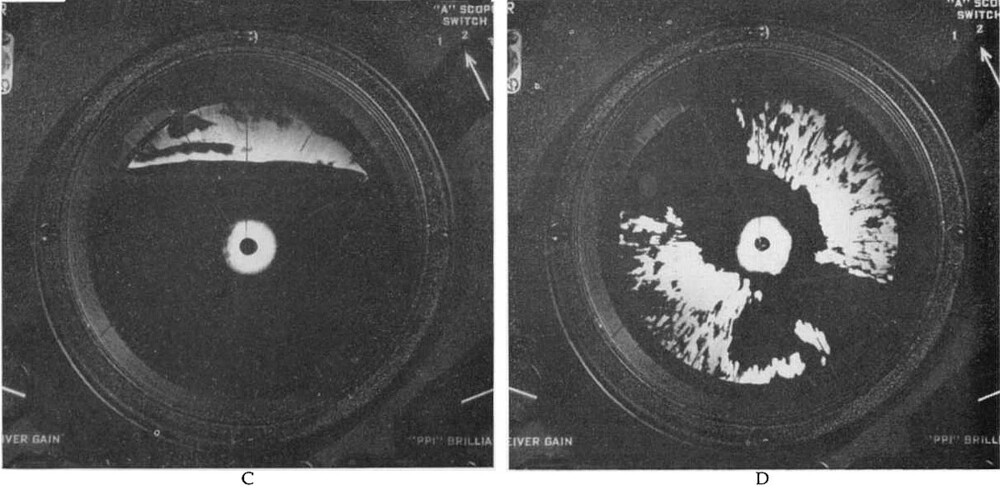
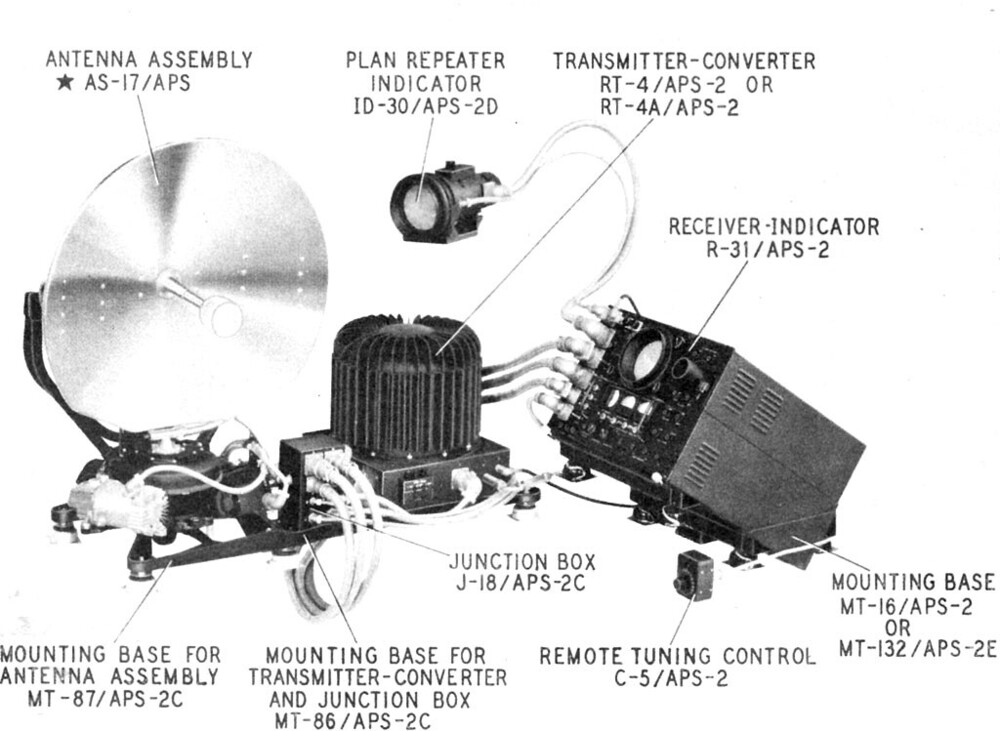
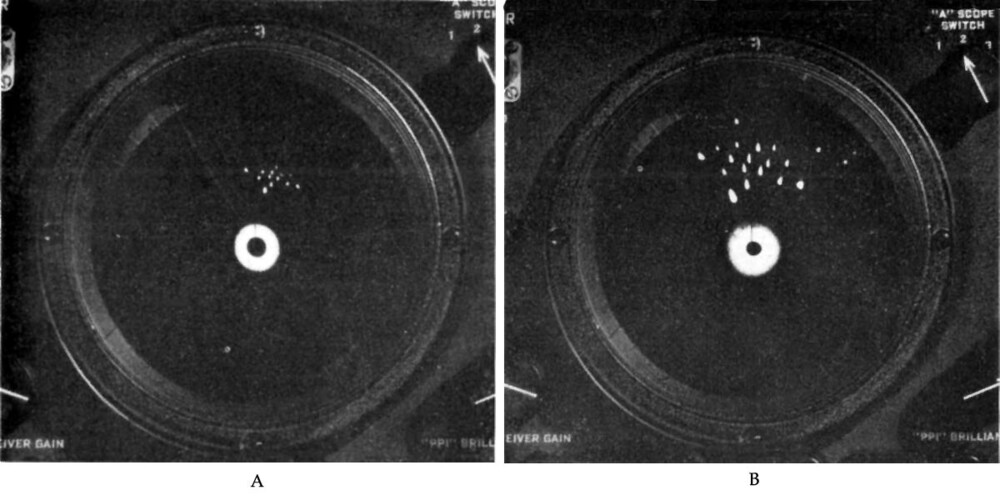
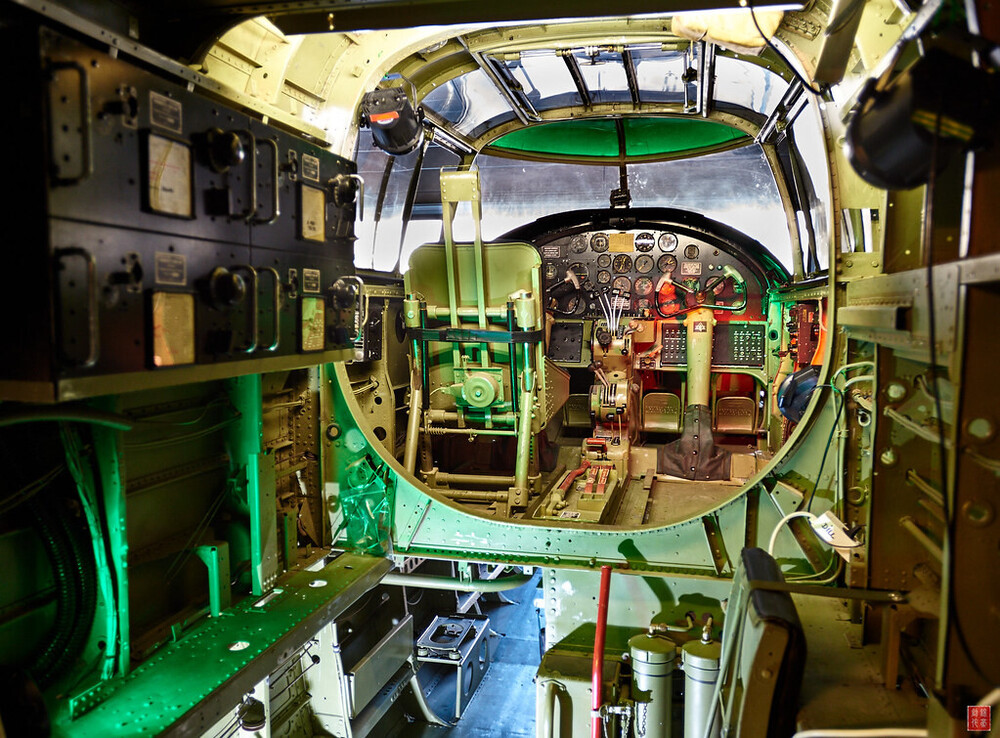
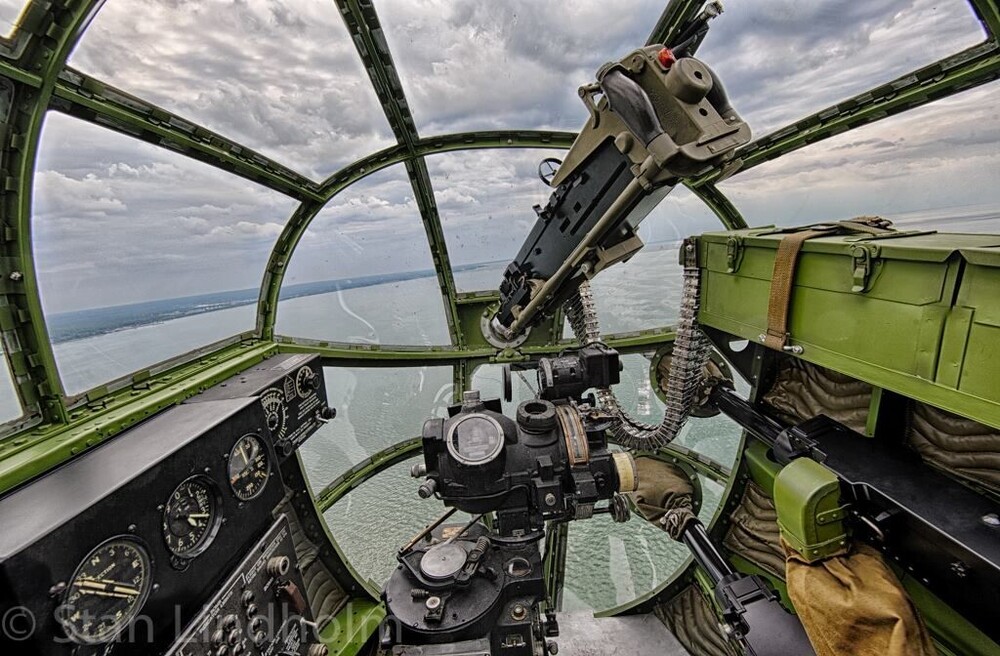
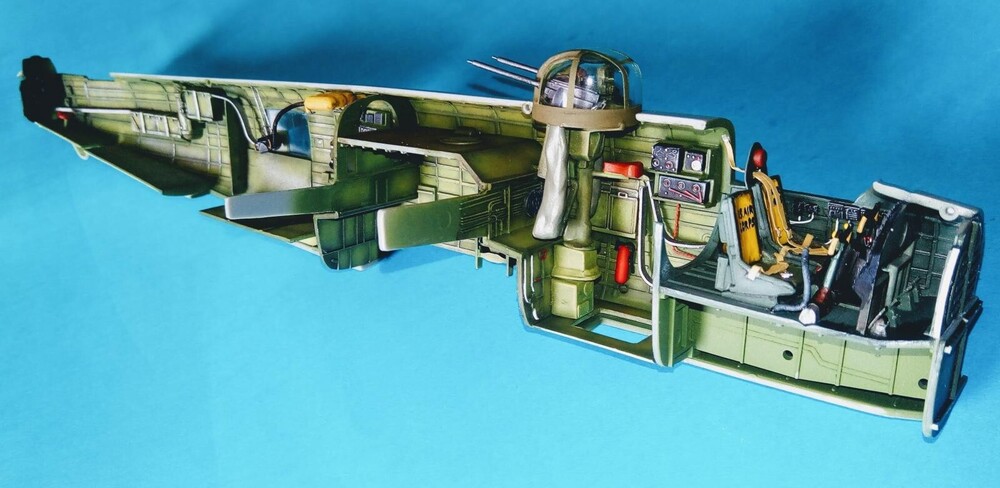
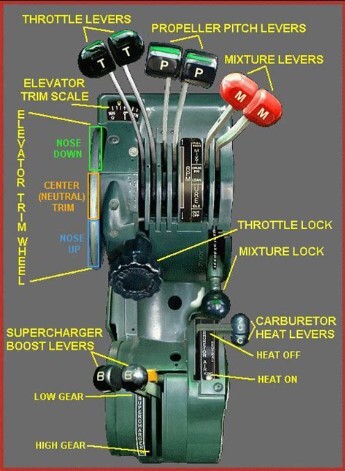
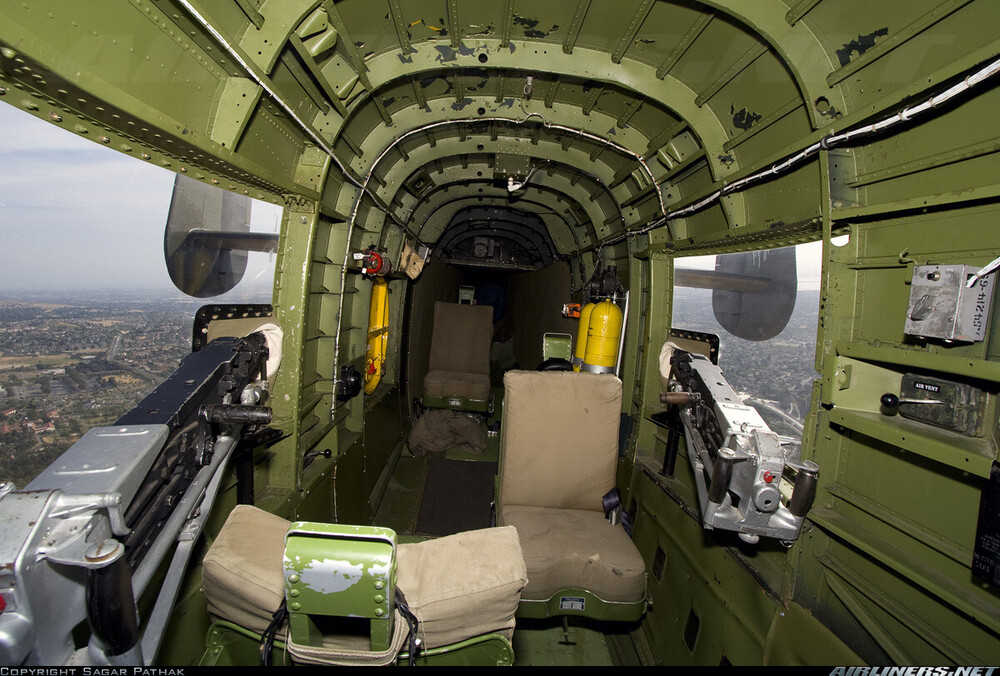
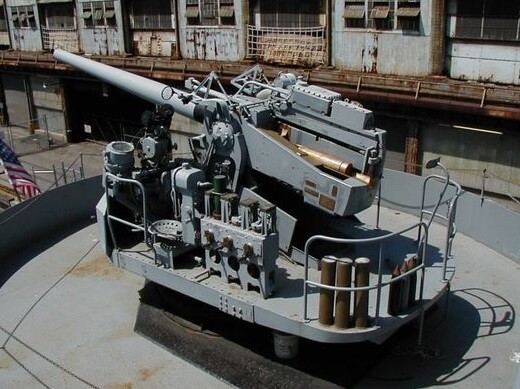


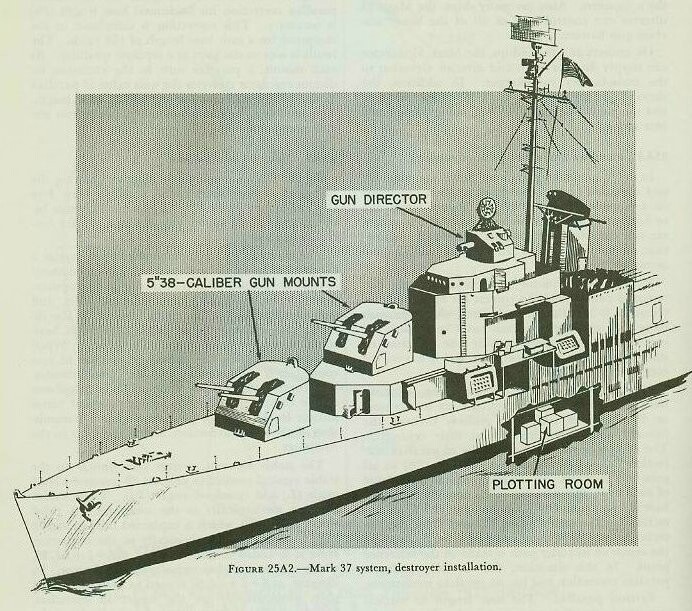

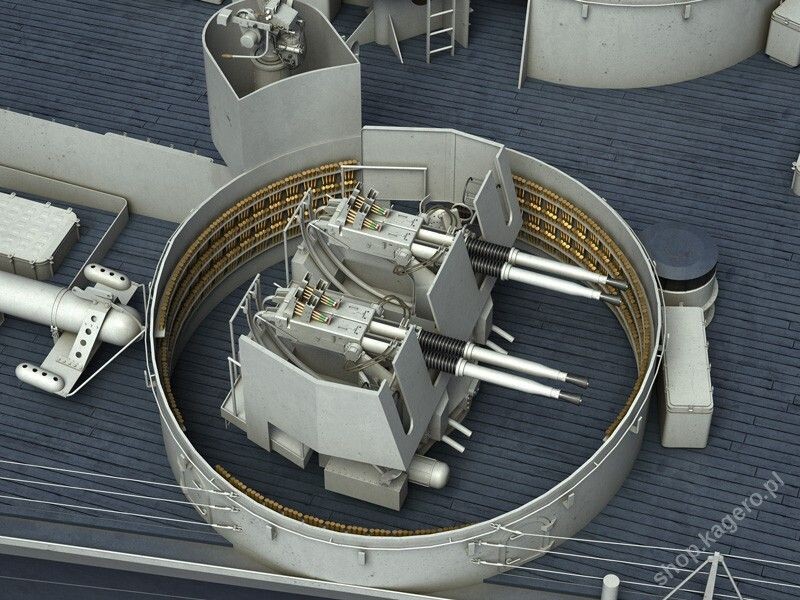

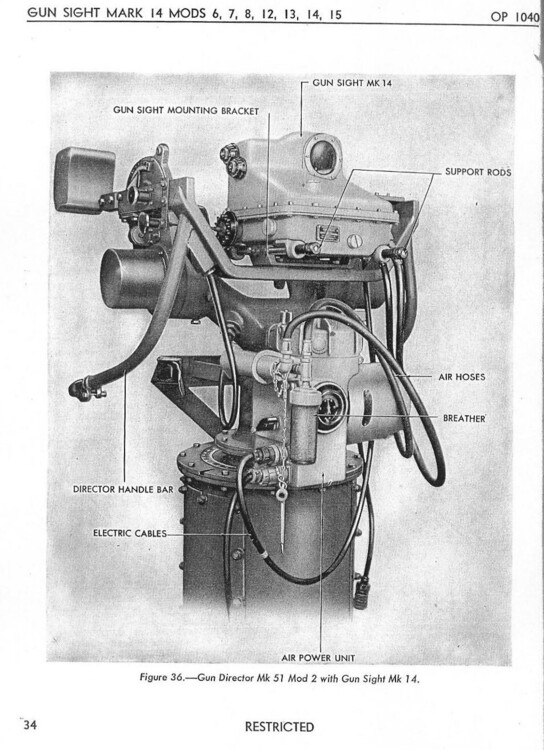
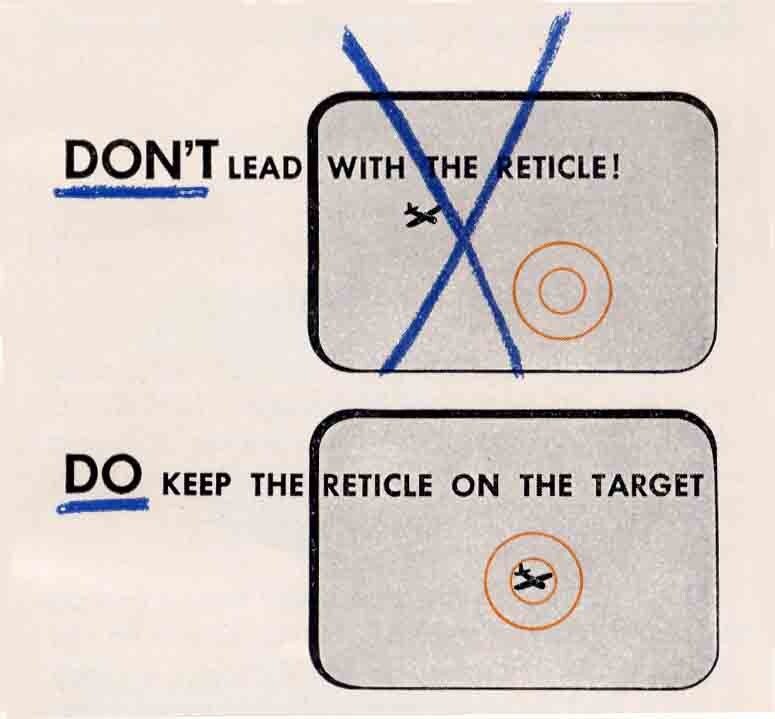
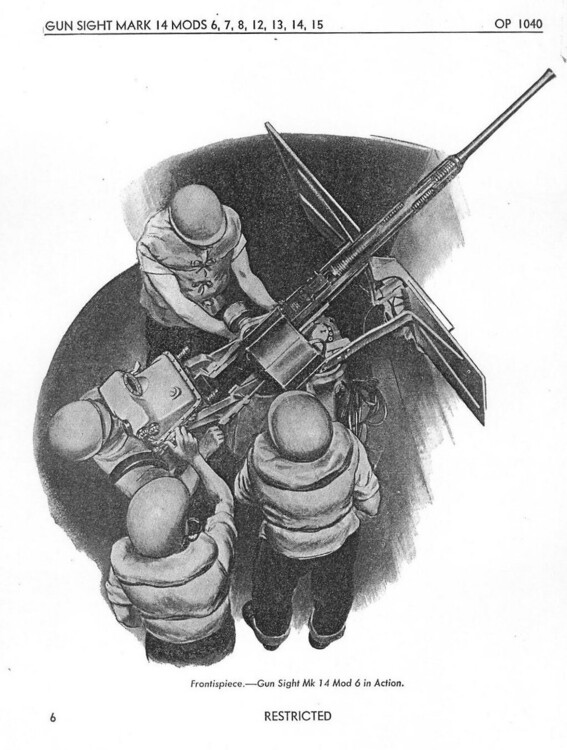
_at_anchor_in_1945.jpg.46c30140813e4b46b9934c091ea39ae6.jpg)
_off_New_York_1942.thumb.jpg.61dd8786be161192fbe000340ee80338.jpg)
_at_anchor_in_July_1945.jpg.313f210aed1023d81177b22878de4ce0.jpg)
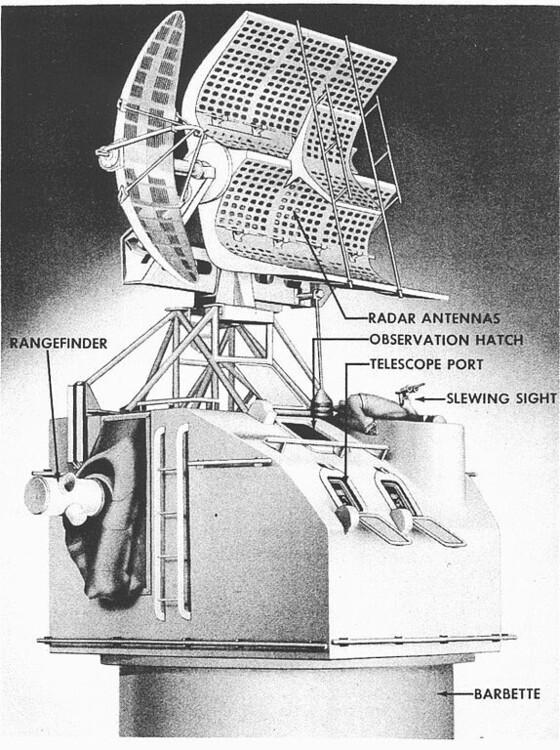
_underway_1944.thumb.jpg.a601dc58ccc69ca7d29ba468771f3de6.jpg)
_December_1943.thumb.jpg.a6e3a18383c25b66dabb3c4301b52575.jpg)


